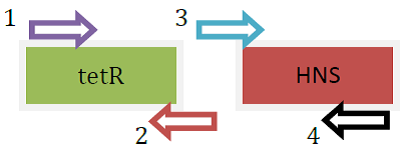Team:HKU-Hong Kong/Lab Diaries
From 2011.igem.org
| Lab Diaries | |
| Week 1
Transformation of reporter DNA (pEGFP-loxp-km-loxp) into DH10B (non-virulent strain E. coli) with antibiotic resistance (Chloramphenicol – Cm) | Lab Diaries |
Week 2
| Lab Diaries |
Week 3
|
 "
"



